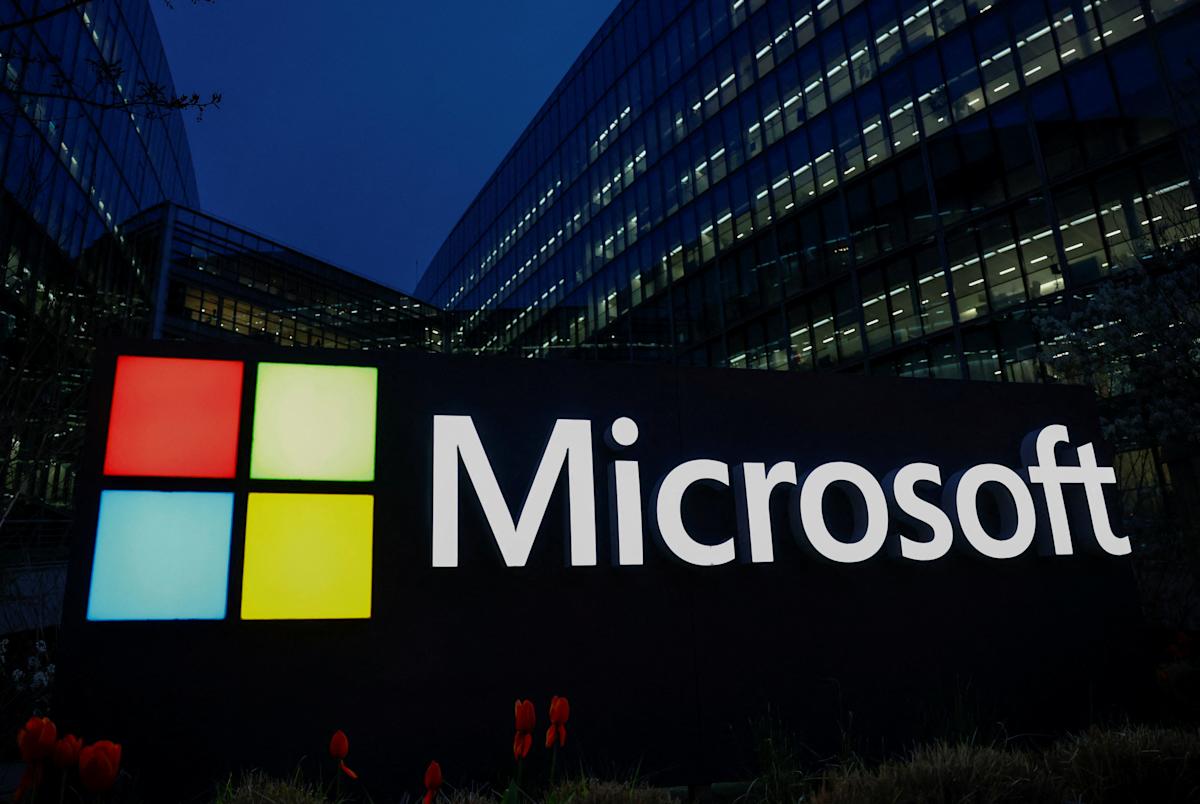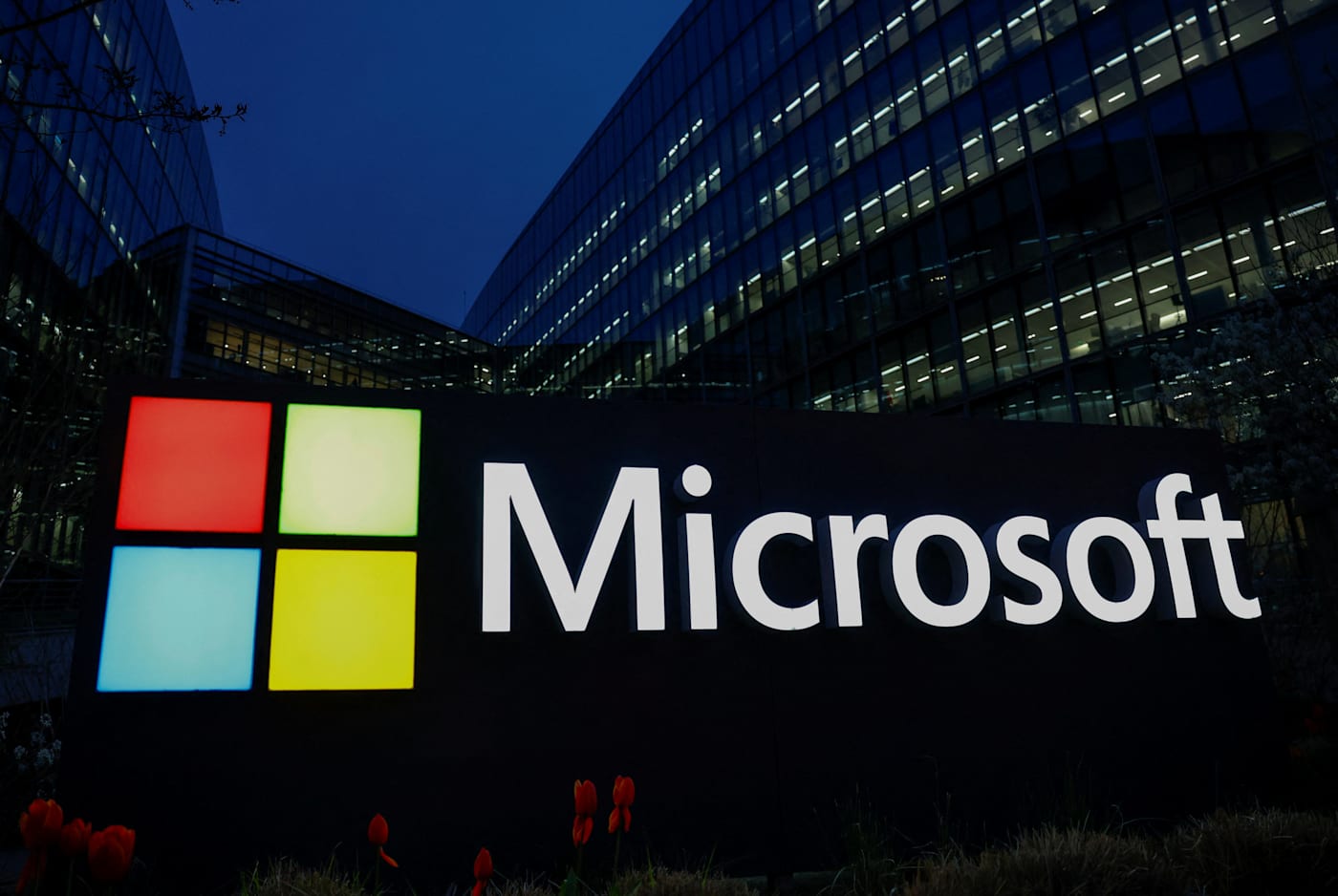Key Points
- Microsoft released two in‑house AI models: MAI-Voice-1 (speech) and MAI-1-preview (text).
- MAI-Voice-1 runs on a single GPU and powers Copilot Daily and Podcast features.
- MAI-1-preview was trained on roughly 15,000 Nvidia H‑100 GPUs, far fewer than some rivals.
- The models emphasize efficiency, data selection, and cost‑effective training.
- MAI-1-preview is open for public testing and will be previewed in select Copilot scenarios.
- Microsoft aims for greater AI independence despite existing reliance on OpenAI’s GPT.
- AI division leader Mustafa Suleyman outlined a five‑year roadmap with quarterly investment.
- The launch reflects a strategic response to industry concerns about AI scalability and bubble risks.

Microsoft Expands Its AI Portfolio with Two In‑House Models
Microsoft announced the launch of two artificial‑intelligence models that were trained entirely within the company. The first, MAI-Voice-1, is a natural‑speech generation model that is already being used in the Copilot Daily and Podcast features. The second, MAI-1-preview, is a text‑based foundation model and represents Microsoft’s first end‑to‑end model built from scratch.
Both models were engineered with a strong emphasis on efficiency and cost‑effectiveness. MAI-Voice-1 operates on a single GPU, a stark contrast to many large‑scale models that require extensive hardware. MAI-1-preview was trained on about 15,000 Nvidia H‑100 GPUs, a figure that is notably lower than the more than 100,000 GPUs used to train some competing models, such as xAI’s Grok. Mustafa Suleyman, head of Microsoft’s AI division, explained that the key to modern model training lies in selecting the right data and avoiding wasted computation on tokens that do not contribute meaningfully to learning.
Microsoft is making MAI-1-preview available for public testing via LMArena and plans to begin previewing the model in select Copilot situations in the coming weeks. While Copilot currently relies heavily on OpenAI’s GPT technology, the introduction of these in‑house models marks a strategic shift toward greater independence and the ability to develop proprietary AI capabilities.
Suleyman highlighted a “five‑year roadmap” that the company is pursuing, emphasizing continuous quarterly investment in its AI initiatives. He noted that building its own models, despite the substantial investments already made in external AI partners, reflects a desire for Microsoft to compete as an independent player in the rapidly evolving AI landscape.
The move comes amid broader industry discussions about the sustainability of AI development and concerns about a potential bubble. By focusing on efficient training methods and leveraging its own hardware resources, Microsoft aims to position itself for long‑term relevance and to reduce reliance on external models.
Overall, the launch of MAI-Voice-1 and MAI-1-preview showcases Microsoft’s commitment to advancing its AI ecosystem, providing new capabilities for its Copilot suite, and laying the groundwork for future innovations that can operate at scale without excessive computational overhead.
Source: engadget.com
